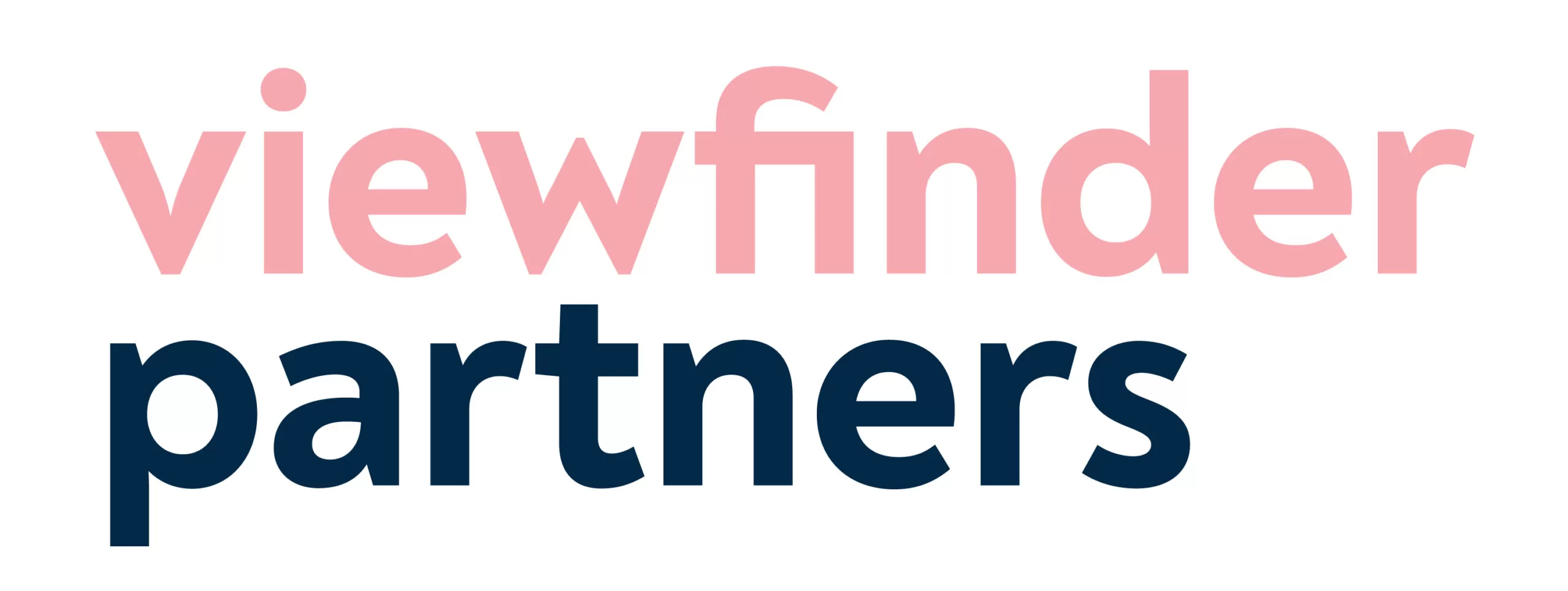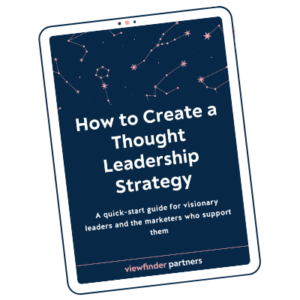CURIOUS is my word of the year for 2022. After the fear and worry of 2020, and the roller coaster of 2021, my only response to year 3 of pandemic work and pandemic parenting was to shift my perspective and try to get looser, more flexible, and open to what comes next — even if reality isn’t exactly what I had planned.
But curiosity isn’t just about going with the flow and taking what comes. For me, being curious means saying “yes” or “let’s see” to new ideas and opportunities. Running a business, doing creative work, and working with clients is a lot more fun when you’re open and you lead with “that could be interesting” instead of “that will never work.”
One of the biggest challenges leaders face when they try to express their ideas is clarity. It’s rare to find someone who can translate years of expertise into simple, clear ideas that other people can quickly pick up and run with.
Because we’re all stuck in our own heads, navigating down the long, craggy roads that led us here. A workday isn’t linear and seamless. A career certainly isn’t. So our ideas aren’t, either.
Those twisty stories and complex experiences are hard to communicate to other people. So in B2B, we often fall back on the easiest common denominator: buzzwords and jargon.
We’re not sure how to talk about our unique experience or perspective, so we echo what other people are saying. We use terms that everyone will understand (won’t they?).
“Synergetic.”
“Holistic.”
“Customer journey.”
Even “future of work,” a phrase that kind of means everything and nothing at the same time.
There’s nothing inherently wrong with the phrases that become ubiquitous buzzwords — except that they’re used so often, in so many different circumstances, that they lose their clear, crisp meaning. They don’t actually help you say anything.
How to bring curiosity to your thought leadership
Here’s my advice. Get curious about what you know and how you know it. Remember your own journey from novice to expert. What did you get wrong? What were your “aha!” moments? Reflect on your own experience.
Then, get curious about what you’re really trying to say. Who are you talking to, and what do they need to know? How could you tell them in a way that makes them shake off the cobwebs, pay attention, and really hear you?
First, go long-form. Lean into your inner poet. Explain it using as many words as you can. Use examples. Paint a picture. Take us down every rabbit hole.
Then, get starkly simple. Try using only words a fourth grader would understand. No corporate buzzwords allowed.
These exercises will help you get clear on what you’re trying to say — and will probably spark some new ideas along the way.
And if you’re so deep into your own personal jargon that you don’t know what’s a buzzword and what’s your own brainwave, there are de-jargonizer tools that hunt out any ambiguous jargon in your writing. 🧐







